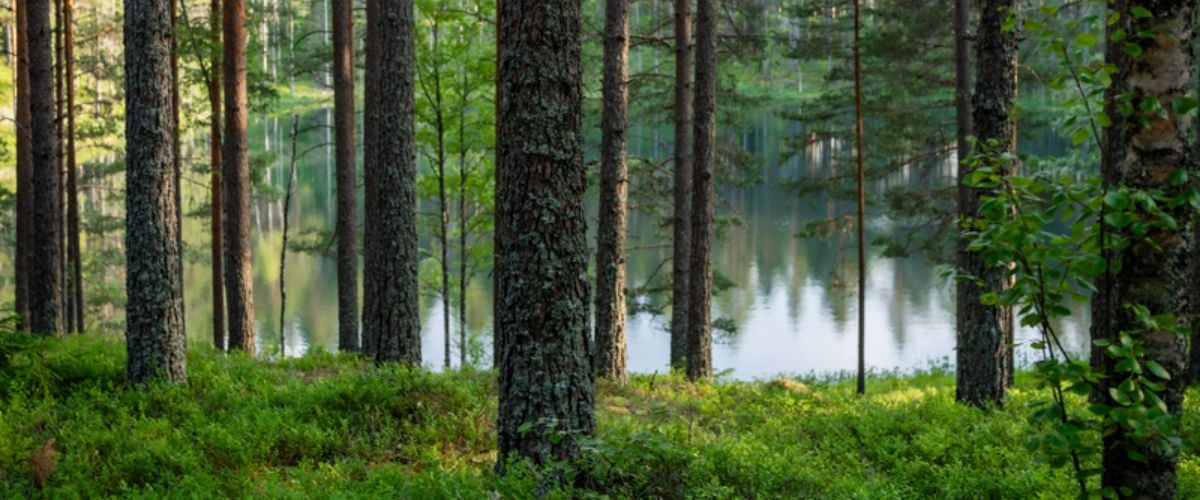
Northern forests and sustainable forestry
In Europe, the amount of land covered by forests has increased in past years. Among this rising trend, Northern countries remain the most forested areas in Europe. Northern production forests are also the most important sources for Stora Enso’s wood supply. In the North, Stora Enso procures wood from own forest land in Sweden as well as from private forest owners in Sweden, Finland, and the Baltics.
Forests are always regenerated after final felling. The wood is needed as renewable material that helps to accelerate the transformation of societies towards a more biobased economy. At the same time, we need to make sure that valuable forest environments are preserved and that also production forests maintain their values for climate, biodiversity, and social communities. This is where sustainable forest management comes in: all these forests have diverse structures and environments that need adapted forest management to make sure we have healthy, resilient forests for future generations.
Sustainable forest management for people, planet, and profit
Sustainable forest management means the use of forests in a way that maintains their biodiversity, productivity, regeneration, and vitality. It combines three dimensions of responsibility: environmental, social, and economic.
means enhancing nature, biodiversity, and forest growth as well as regenerating forests always after final felling.

includes considering different communities and collaborating with them to make sure forests remain as a source of livelihood, recreation, and cultural heritage.

includes keeping production forests viable and providing welfare, safe working conditions, and employment also in rural areas.
We are determined to be the leader in sustainable forest management. Forest certifications form the basis for Stora Enso’s sustainable forest management, and many of our practices go beyond legislation and certification requirements. Especially our own forestland provides a platform to pilot alternative forestry practices, as there we have the decision-making power to make faster choices. On the other hand, we also support other forest owners in managing their forests sustainably, help them to preserve the diverse values on their land, and encourage them to certify their forests.
Sustainable forestry is a long-term commitment in the North
To practice sustainable forestry, forest owners need to plan for the long term. In Northern forests, trees grow slower, and decisions made today will have lasting impact. Also, changed practices are not immediately visible: we are only now starting to see the results of the decisions made a few decades ago. And forest management has changed tremendously over the past century.
In recent decades, forest regeneration has become one of the most crucial elements of forest management, also required by law. New trees are always planted to replace the harvested trees after final felling. Valuable habitats and environments are protected, and biodiversity is a key consideration throughout the forestry cycle. We are constantly developing our practices and we collaborate with academia and NGOs to increase our knowledge within sustainable forestry.
Even-aged forestry
In the North, even-aged forestry is the most common forest management method, known also as retention forestry, due to its cost-efficiency and focus on forest regeneration. In this approach, all the trees in a stand are of the same age and always planted anew after harvesting. The rotation period is usually 60–100 years.
Uneven-aged forestry
Lately uneven-aged forestry (also known as continuous cover forestry) has gained interest: it includes various methods where the forest stand always remains covered by trees. This can be good for landscape purposes and species that require continuous cover, for instance. The viability of these methods highly depends on the environment: species composition, soil type, forestry history, and other factors. Currently, we are also exploring these practices on suitable sites on our own land.
Even-aged forestry balances production, biodiversity and climate throughout its 100-year cycle

Regeneration and planting

Tending the seedling stand

Thinnings




